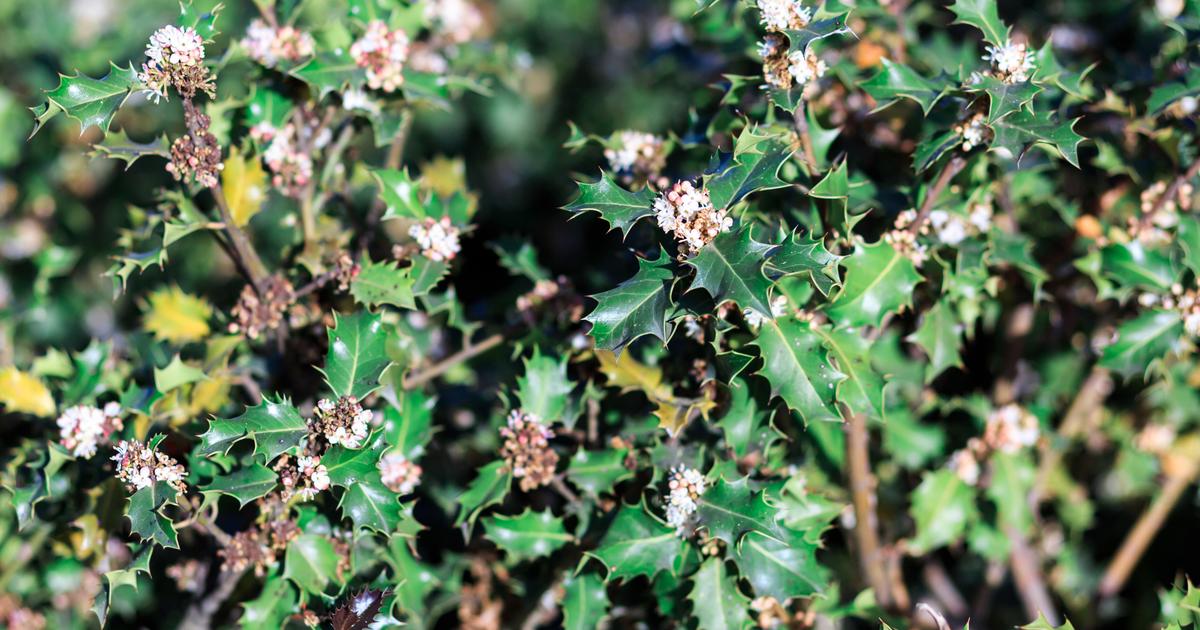You no longer know how to prevent unwanted intrusions into your garden?
A natural dam, installed at the edge of a property without disfiguring the garden, can be a good idea.
To discover
January: what vegetables and fruits are in season?
What is a defensive hedge?
The
defensive
hedge
is an impenetrable plant barrier which helps prevent intrusions by domestic animals (dogs, cats) or wild animals (wild boars, foxes).
The interest of this hedge lies in its size, its airtight nature, its tangled or thorny branches, depending on the shrubs chosen to compose it.
It also makes it possible to replace a concrete wall, a fence or even a gabion as a privacy screen around the garden and to maintain a natural and green aesthetic, all at a lower cost.
Which plants should you choose to make a defensive hedge?
Green or red foliage, evergreen or deciduous, branched, flowered, bearing fruits or thorns... The list of plants is wide enough to obtain a defensive hedge which will be in line with the other plants which adorn your garden.
Among the most common plants:
Holly
The mahonia
Hawthorn
Thuja
Common juniper
The rough rosebush
Berberis (or barberry)
The burning bush (or pyracantha)
The Japanese quince tree
Sea buckthorn
The zanthoxylum
Pampas grass
Also read: Neighbor's plantations hide the view, what to do?
How to maintain a defensive hedge?
After choosing the shrubs according to the soil and exposure to the sun, they can develop to reach a height of more than 1.5 meters after a few months.
Depending on the climate and the species chosen, as with conventional hedges, it will be necessary to water in the event of prolonged drought.
It is also recommended to prune each shrub by a third of its height, every six months to a year, for three years.
This will allow it to branch out and be even denser later.
Then, simply let it grow naturally, remove damaged, faded elements or those that would tend to stick out and bother your neighbors or passers-by.
Advice
Wear protective gloves to avoid injury if certain shrubs have thorns.

